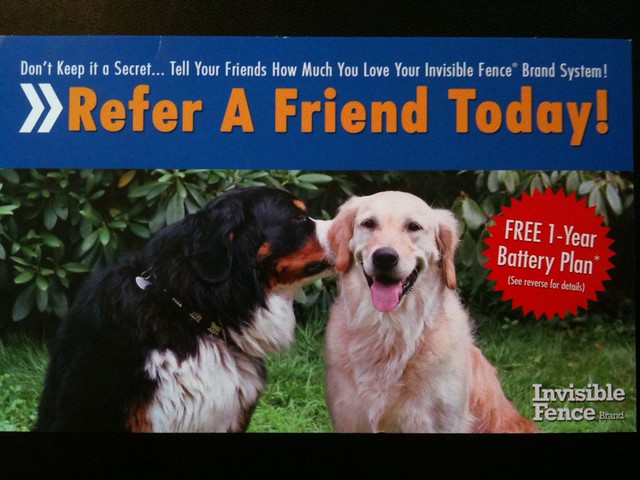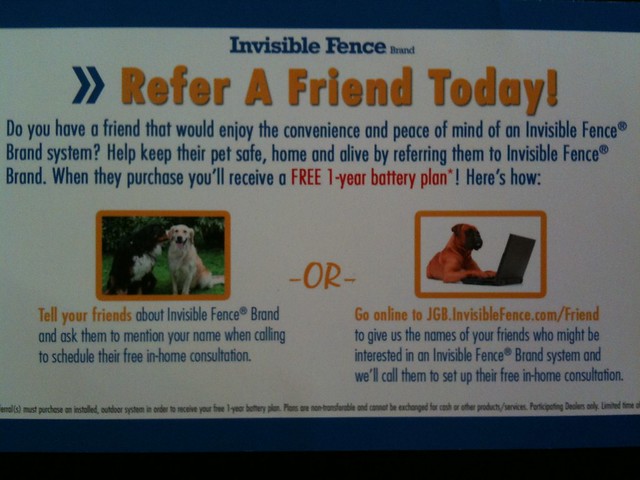Almost every summer weekend, they let high school kids use their parking lot to raise money by washing cars. This is smart because it:
- attracts attention (kids on street corners holding signs, screaming "CAR WASH!!" and pointing at your store are like skywriting on the ground);
- helps raise money for worthy causes; and
- builds goodwill in the community ... not to mention future customers among the students and their parents.
Now, two questions:
1) What is your "parking lot" -- an asset in your business that you don't use all the time?
2) How could you lend or donate that asset to a charity, non-profit, or other organization in ways that help you both?
Physical assets you can lend:
- your parking lot (for a rummage sale or car wash),
- a storage room (for a class or meeting),
- your showroom (for a wine tasting or party),
- your equipment (if it won't lead to a lawsuit), etc.
Intellectual assets you can donate:
- your time as a volunteer for a high-profile local charity (where you may meet a new client);
- your products or books to a non-profit association or library (where it can produce leads);
- your expertise to lead a seminar or event to raise funds for the charity (I got on KARE-11 News and WCCO Radio on the same day, by leading a fundraising seminar for the Salvation Army).
What assets in your business can you lend or donate to help your community -- and build your business?
You'll find more ideas like these in my Free Report, Guaranteed Marketing.







